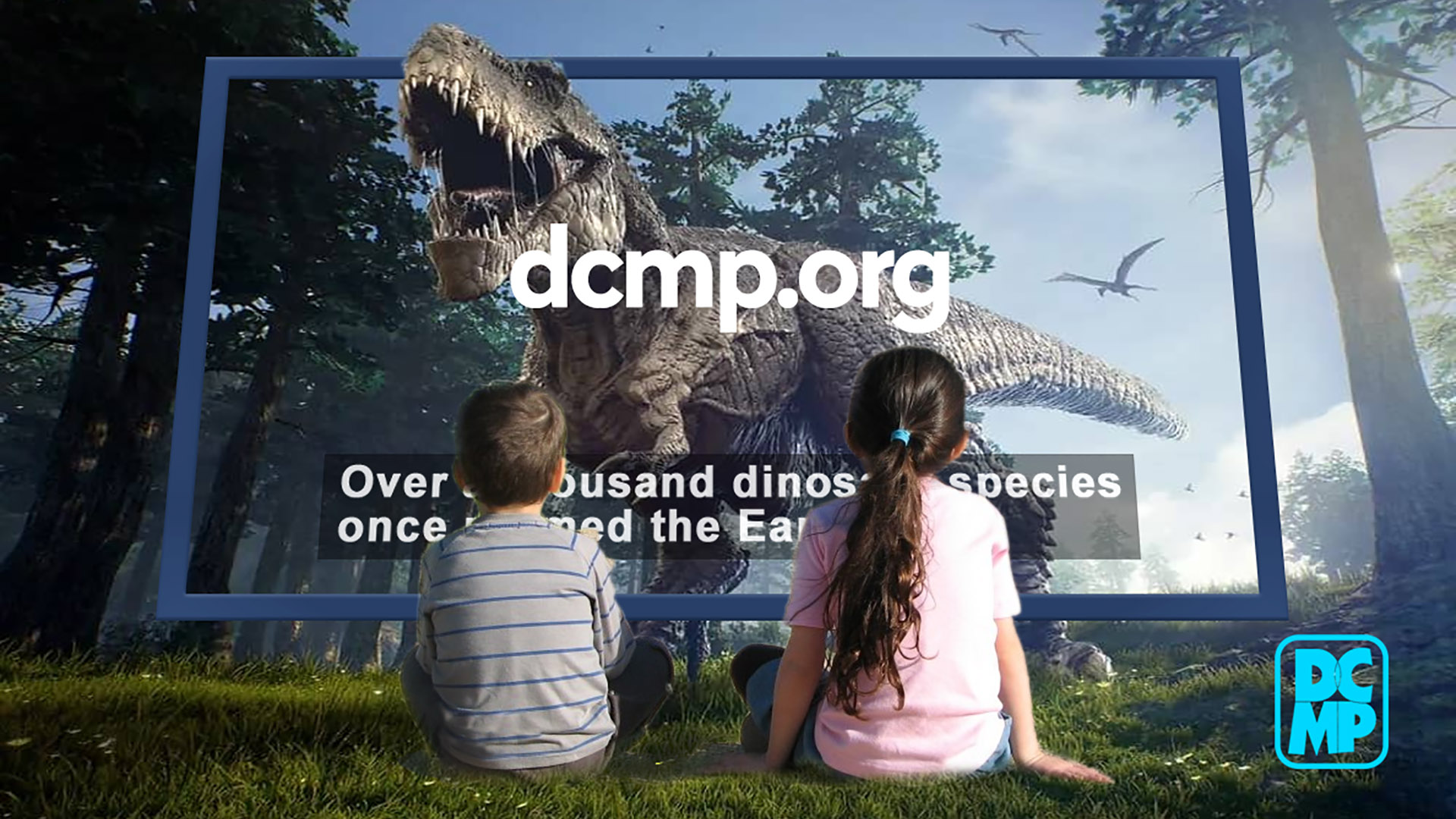<< Learning Center
Media Accessibility Information, Guidelines and Research
DCMP Media Accessibility-Related Resources
The Described and Captioned Media Program (DCMP) is the only source of free educational videos for the 7.5 million students with disabilities across the United States. DCMP develops new technologies for the creation and delivery of accessible media, provides training for using these resources in the classroom, creates continuing education opportunities for educators, and advocates for systemic change in media production, distribution, and use.

eLearning Resources
Find resources for providing equal access in the classroom, making media accessible, and maximizing your use of DCMP's free services.
https://dcmp.org/elearning
Classroom, Remote, and Hybrid Learning With DCMP Accessible Videos
Teachers and parents across the country are taking advantage of DCMP's resources for classroom, remote, and hybrid learning. For educators who have at least one student with a disability, DCMP can help ensure that educational videos are accessible for students learning in the classroom and at home.
https://dcmp.org/learn/609-classroom-remote-and-hybrid-learning-with-dcmp-accessible-videos
ASL Pop-up
DCMP members have often requested the addition of American Sign Language interpretation as an accessibility feature. Thousands of videos and TV series now include ASL interpretation through activation of a secondary player.
https://dcmp.org/learn/711-major-upgrades-for-dcmps-asl-pop-up-player
Online Accessibility Tool
DCMP is beta testing its new online platform for video creators that allows users to upload videos and make them accessible themselves. This new AI-assisted accessibility tool supports the production of captioning, audio description, and sign language interpretation entirely in a web browser.
https://dcmp.org/learn/722-dcmp-online-accessibility-tool-beta-testing
Keys to Access
The Keys to Access guidelines for captioning and description were developed by DCMP to ensure that the accessibility features of its media were of the high quality required for educational settings. These guidelines are based on recorded research findings, the input and guidance of consumers and experts in the field of accessible media, and decades of experience by DCMP staff. The Captioning Key and Description Key have since become a standard for accessibility creators around the globe.
https://dcmp.org/learn/464-dcmps-keys-to-access
AI Scene Description Tool
DCMP's new tool for students who are blind and have low vision can describe the visual elements of any frame within a paused video.
https://dcmp.org/learn/717-dcmps-ai-scene-description-tool
ASL Training Resources for Parents and Educators
The DCMP has a huge collection of ASL training materials for qualifying parents, teachers, and educational interpreters. CEUs are available.
https://dcmp.org/learn/510-asl-training-resources-for-parents-and-educators
Tags:
Please take a moment to rate this Learning Center resource by answering three short questions.
